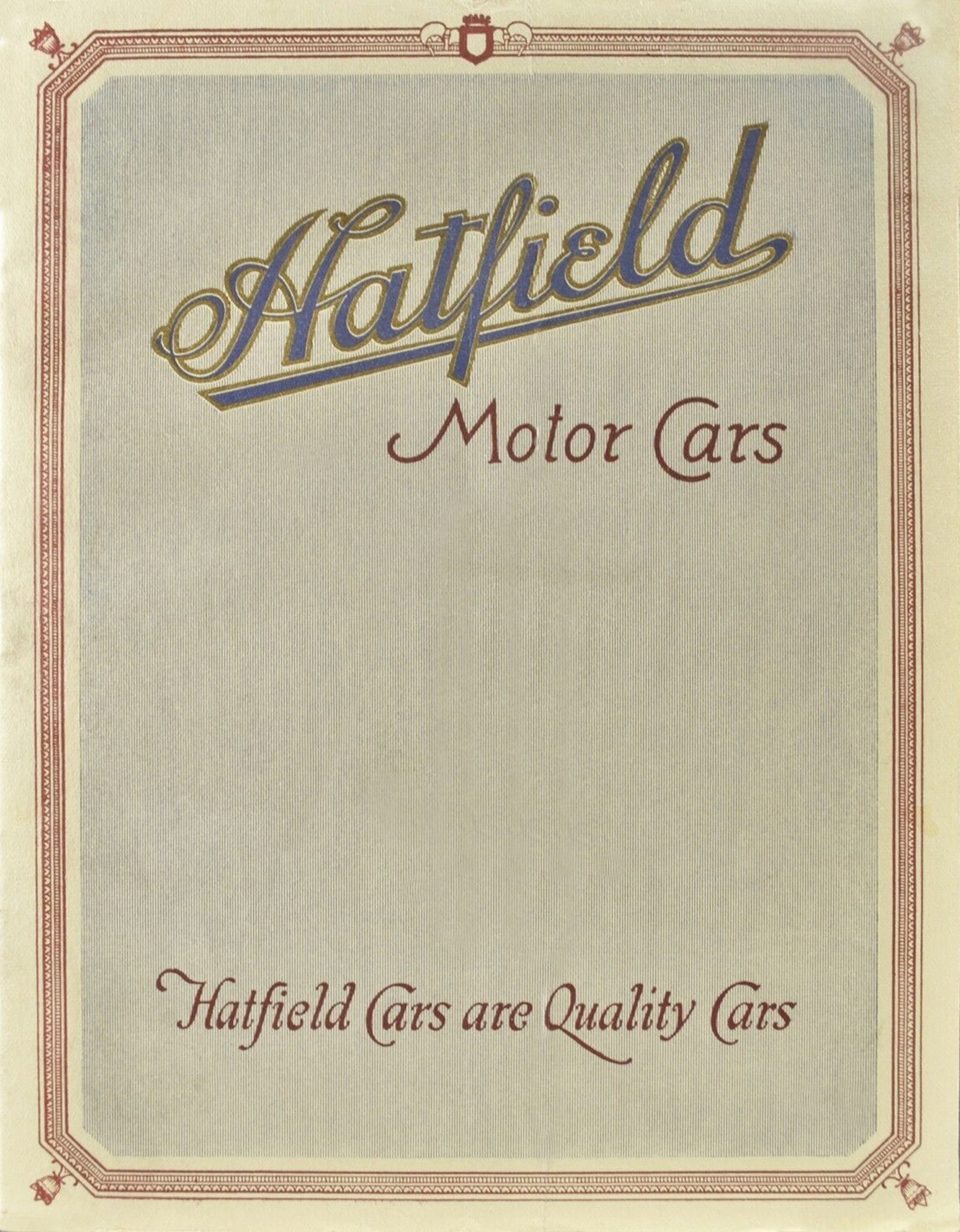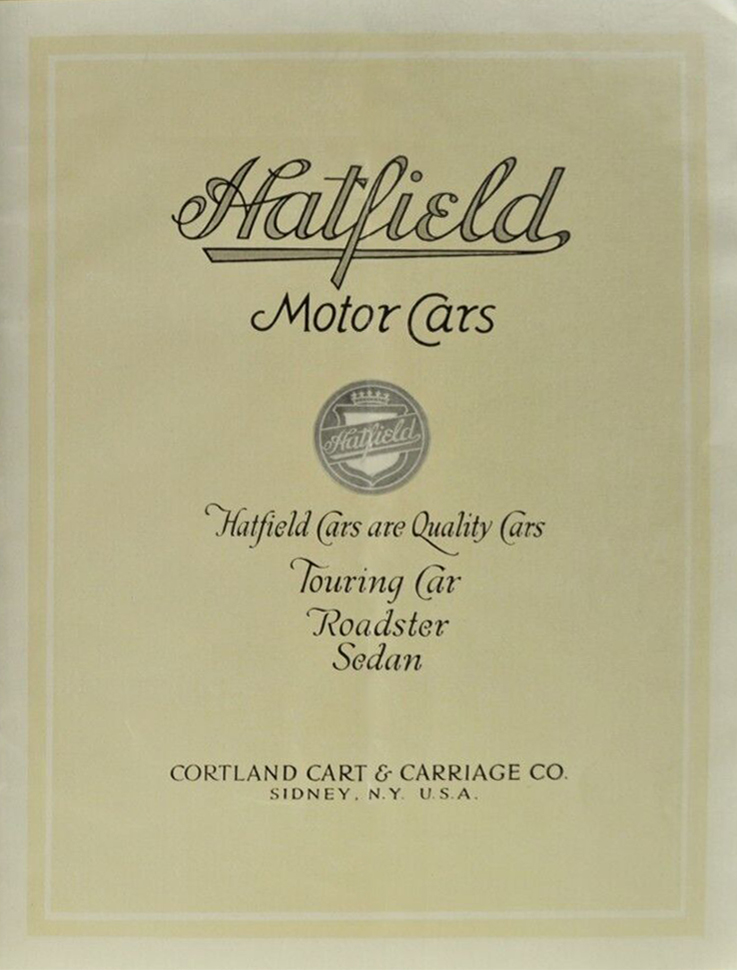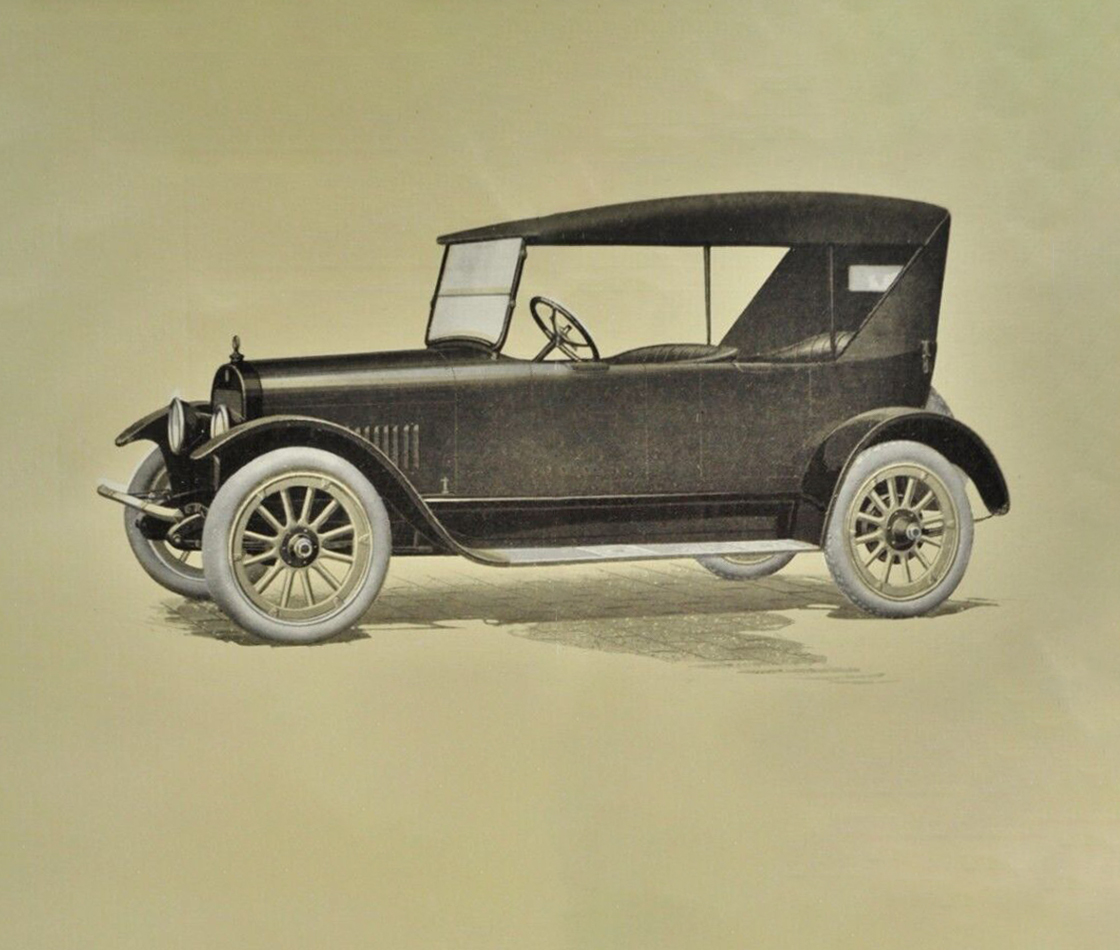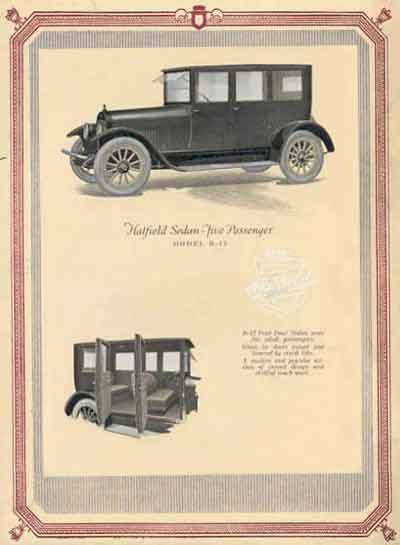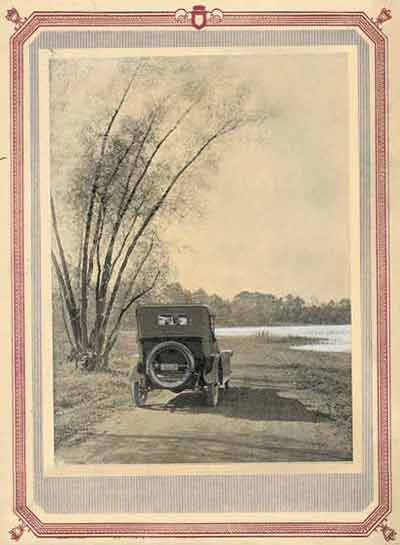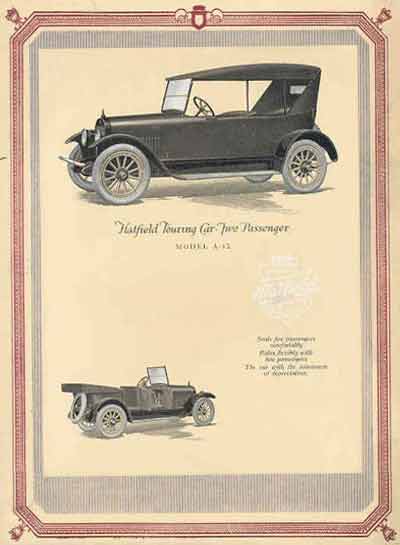The Hatfield Suburban was the very first station wagon offered as a regular production model by an American Automobile manufacturer.

The firm was founded by Hjalmar Malmberg, a Swedish immigrant who embarked upon the manufacture of wagons and buggies in Cortland, New York sometime during the early 1880s. Joining Malmberg in the enterprise was Frank A. Begent, a partner in Begent & Crittenden.
Born in Sweden in 1845, Hjalmar Malmberg was already an accomplished wagon builder by the time he emigrated to the United States in 1877.
The Cortland Cart and Carriage Co. was destroyed by fire in March on 1895. They then relocated to Sidney, New York.
For a number of years Hatfield had quarreled with the firm’s directors, particularly Winfield T. Sherwood, on the matter of whether to produce an automobile. To test the waters a limited production light commercial vehicle, the Hatfield Light Express, was produced between 1912 and 1913.
During 1912 it was known as Model G and in 1913 it was known as Model J.
Despite sharing a similar name and place of manufacture, the Hatfield automobiles produced in Cortland, New York (and later Miamisburg, Ohio) between 1906 and 1908 by Charles B. Hatfield Jr. & Sr. are totally unrelated to the Hatfield motor vehicles produced a decade later in Sidney, New York. Charles B. Hatfield and son hailed from Rochester, Monroe County, New York and shared no common ancestors with Cortlandville’s Louis I. Hatfield.
While traveling on a business trip James A. Haskell, chief salesman of the Cortland Cart & Carriage Co., was amongst those killed when the USS Monroe of the old Dominion Steamship Line was accidentally rammed and sunk by the USS Nantucket of the Merchants and Miners Steamship line just off the coast of Virginia in a dense fog on January 30, 1914.
The loss of their star salesman put production of the motor vehicle on hold for the next 18 months. The October 14, 1915 issue of the Automobile reported that “Carriage Co. to Make Automobiles— The Cortland Cart & Carriage Co., Sidney, N. Y., increased its capitalization from $75,000 to $225,000 to take up the manufacture of automobiles. It expects to continue its carriage business as usual.”
For 1917 they introduced the Hatfield Model I Suburban, the nation’s first production wood-bodied station wagon. Also introduced that year was the Model B Roadster-Speedster, a stylish two-seater with 2 custom-built suitcases mounted behind the gasoline tank.
The ill-timed introduction of the Hatfield Six did little to boost the firm’s faltering sales and on May 30, 1924 the Syracuse Herald announced the firm’s pending bankruptcy.
(text source: Mark Theobald of Coachbuilt)

